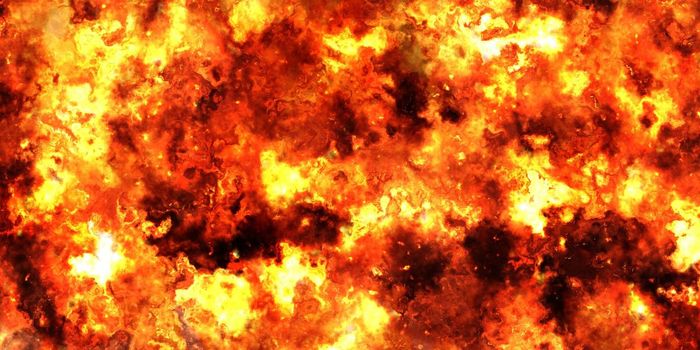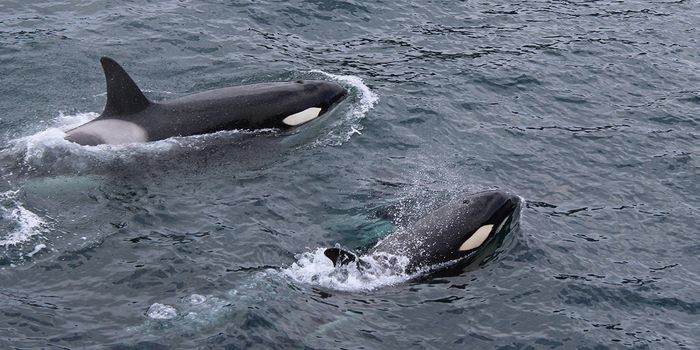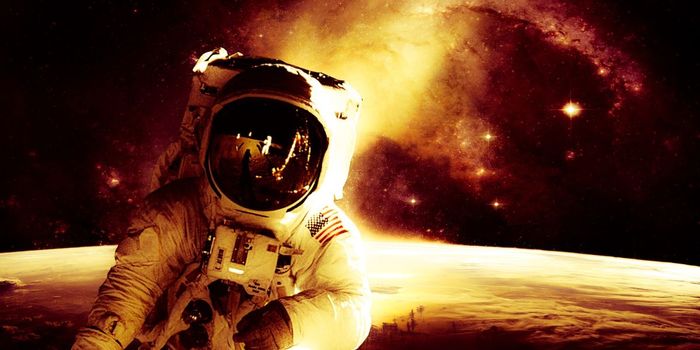Ever know that volcanoes have a scale for how destructive they can be? It's called the Volcanic Explosivity Index and measures the eruptions of volcanoes from 0 being equivalent to the tiny eruptions that take place all over the world continuously to 8, being Mega-Colossal. Sounds daunting, doesn't it.
That's because it is. Mega-colossal eruptions only happen once about every 50,000 years and have a similar effect as an asteroid hitting the planet. The sound alone of Mega-Colossal eruptions in the past have been heard thousands of miles away from eruption sites and have deafened and killed hundreds of thousands of people. The Philippines has had its unfair share of these gigantic eruptions and one of its islands even ceased to exist after one such eruption.
On the scale, the eruption at Mt. St. Helens and Mt. Vesuvius are only classified as a level five. Imagine that! The Mt. St. Helens eruption released 24 megatons - which is 1,600 times the scale of Hiroshima! And a Mega-Colossal eruption would be 3,000 times that of Mt. St. Helens!
The after-effects of such an eruption could leave the planet in a sudden winter for up to a decade because the amount of ash emitted into the atmosphere would block the sun's rays from reaching the Earth. Additionally, crops and livestock (and most definitely the people that depend on them) would be poisoned from excess amounts of sulfur-dioxide. Not to mention the immediate consequence of huge tsunamis that could completely devastate marine regions.
Nevertheless, it's unlikely that such an eruption even at the Mega-Colossal level would decimate all life on Earth down to the biological definition. It would however vastly change the world we live in. And the most likely next giant to erupt? Sitting right under Yellowstone.








